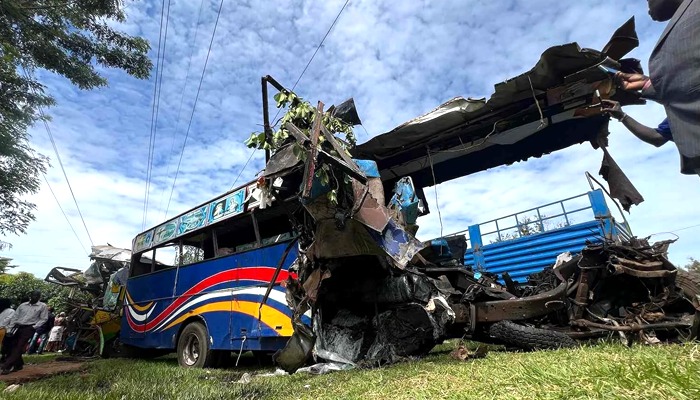- HAARP targeted asteroid 2010 XC15.
- The experiment could help shield Earth from asteroids.
- Data analysis will take weeks and be published soon.
Scientists bounced radio waves off a 500-foot rock to help Earth. A powerful transmitter in remote Alaska, the High-Frequency Active Auroral Research Programme (HAARP), directed its antennas at asteroid 2010 XC15, a space rock classified as a potentially hazardous near-Earth asteroid, to send long wavelength radio signals.
The experiment’s findings could boost attempts to protect Earth against larger asteroids that could inflict considerable harm.
“We will be analysing the data over the next few weeks and hope to publish the results in the coming months,” says the researcher, said Mark Haynes, the project’s main investigator and a radar systems engineer at NASA’s Jet Propulsion Laboratory in Southern California.
This was the first time an asteroid observation at such low frequencies was attempted.
“This shows the value of HAARP as a potential future research tool for the study of near-Earth objects,” he continued.
[embedpost slug=”unannounced-south-korean-rocket-launch-sparks-public-ufo-fear/”]
Several programmes exist to discover asteroids fast, estimate their orbit and shape, and scan their surface, using optical telescopes or the Deep Space Network’s planetary radar, NASA’s network of massive and very sensitive radio antennas in California, Spain, and Australia.
Long-wavelength radio transmissions have the ability to expose the innards of objects.
HAARP began transmitting chirping signals of long wavelengths this week, utilising three strong generators, and continued to do so until the 12-hour experiment ended.
The data analysis will take several weeks.
The experiment was also used to explore the feasibility of exploring an asteroid larger than 2010 XC15.
The asteroid Apophis, found in 2004, will come closest to Earth on April 13, 2029. It will pass within 20,000 miles of Earth, which is closer than the several geostationary satellites that orbit the planet.





















